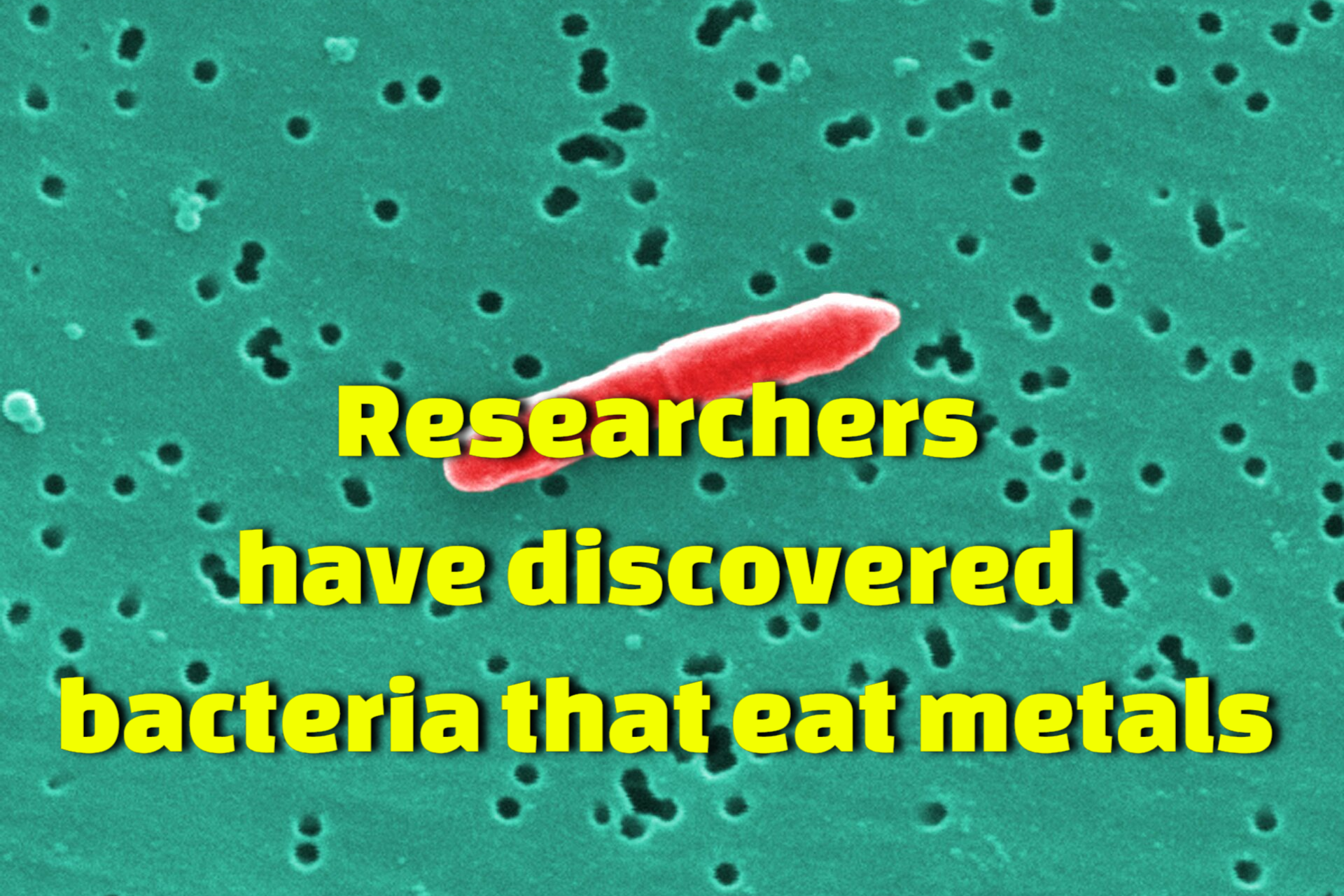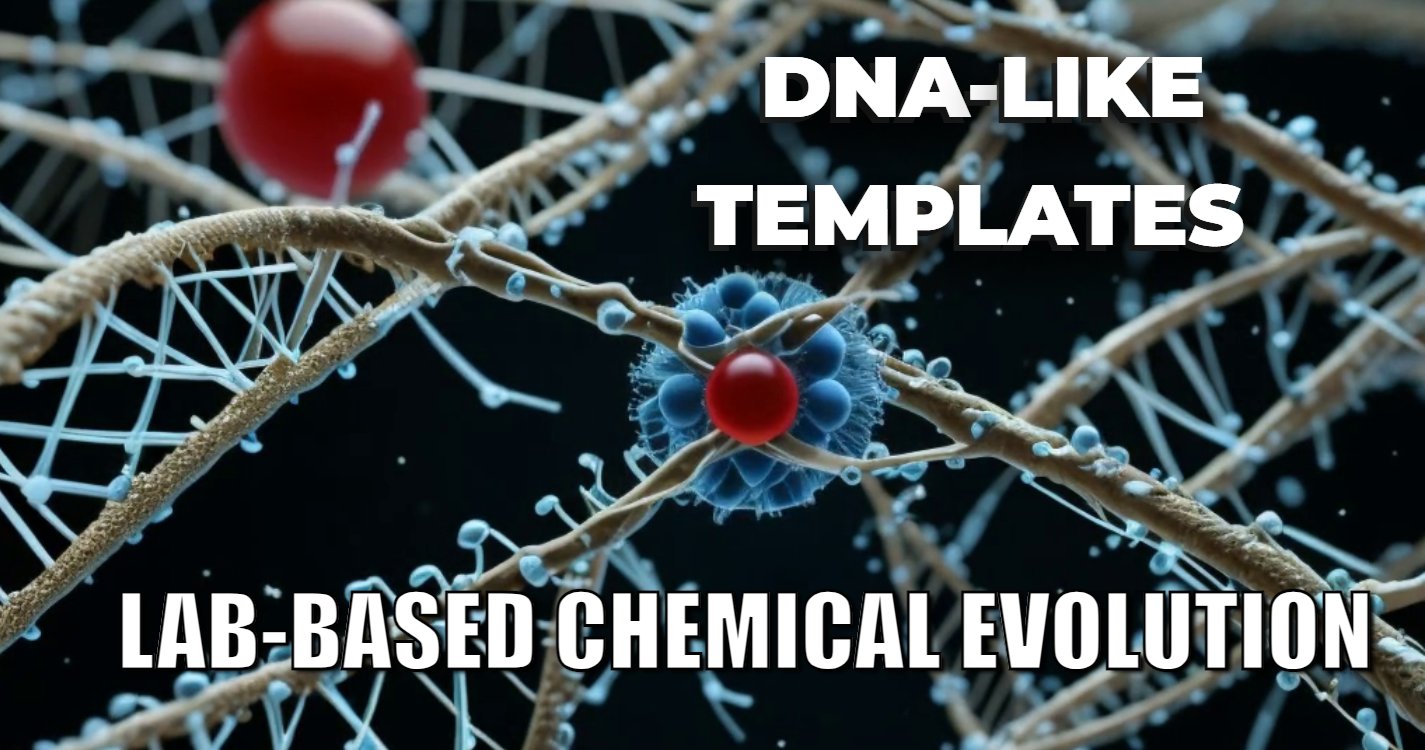Scientists at the Indian Institute of Technology, Banaras Hindu University (IIT-BHU) have developed a microbe separating cancer-causing elements such as hexavalent chromium. Journal of Environmental Chemical Engineering, a prestigious international journal, has published the study. Hexavalent chromium can be easily cultivated and removed by bacteria. Heavy metal pollution is a problem in developing countries like India and China. According to Dr. Mishra, better water quality can help to minimize worldwide water-borne diseases. Long-term exposure to hazardous heavy metals, according to the World Health Organization, can result in cancer.
Key Highlights
- Scientists at the Indian Institute of Technology, Banaras Hindu University (IIT-BHU) have developed a microbe separating cancer-causing elements such as hexavalent chromium.
- Heavy metal pollution is a problem in developing countries like India and China.
- Around 239 million people in 153 districts across 21 states drink contaminated water with dangerous levels of heavy metals.
- According to a UNICEF report, 4,000 children die every day due to consuming bacterially tainted water.
- More than 2.6 billion people lack access to safe drinking water, resulting in 2.2 million fatalities each year, 1.4 million children.
- The study was published in the. Magazine of Environmental Chemical Engineering, a prestigious international journal.
Scientists at the Indian Institute of Technology, Banaras Hindu University (IT-BHU) have discovered a bacteria that can extract harmful cancer-causing elements like hexavalent chromium from water and render them safe for use, a huge breakthrough. Journal of Environmental Chemical Engineering, a prestigious international journal, has published the study. Microbacterium paraoxydans strain VSVM IIT is the name of the novel bacterial strain (BHU).
Dr. Vishal Mishra of BHU’s School of Biochemical Engineering and his Ph.D. student, Veer Singh, discovered a new bacterial strain that can extract hazardous hexavalent chromium from trash at a contaminated location. Hexavalent chromium is a heavy metal ion linked to a variety of human health issues, including cancer, kidney and liver malfunction, infertility, and more.
According to Dr. Mishra: “Hexavalent chromium may be tolerated by this novel bacterial strain in high quantities. When compared to other traditional procedures, it is particularly effective at removing hexavalent chromium from waste. In the Cr (VM) containing aqueous medium, this bacterial strain grew quickly and easily separated the aqueous media following the water treatment process.”
“This bacterial strain is beneficial since it eliminates the requirement for a post-removal separating step. Because there is no need for expensive equipment or chemicals, bacterial-mediated wastewater treatment is economical and non-toxic. The researchers examined the elimination capacity of this bacterial strain for hexavalent chromium in industrial and synthetic waste and found it to be good. The bacteria’s technique for removing hexavalent chromium was also studied. Researchers discovered that multiple heavy metal tolerance mechanisms were activated when bacterial cells were cultured in a growth medium containing hexavalent chromium. “He went on to say
This study aims to find a cost-effective and environmentally friendly way to remove harmful metal ions from water, such as hexavalent chromium. Hexavalent chromium can be easily cultivated and released by bacteria. Culturing bacterial strains doesn’t necessitate specialized labor. It’s a low-cost, non-toxic, and simple-to-use product. Furthermore, separation after use requires little energy and eliminates hexavalent chromium until the Central Pollution Control Board’s discharge limit is reached (CPCB).
“In underdeveloped countries, waterborne illnesses are a big issue. Water-related diseases kill 3.4 million people per year; the majority of them are children, according to the World Health Organization (WHO). According to a UNICEF report, 4,000 children die every day due to consuming bacterially tainted water. According to the World Health Organization, more than 2.6 billion people lack access to safe drinking water, resulting in 2.2 million fatalities each year, 1.4 million children. Water quality improvement can help to prevent worldwide water-borne disease, “said Dr. Mishra.
Heavy metals, such as hexavalent chromium, are known to cause cancer. This is a serious concern all over the world. Heavy metal contamination is a major problem in developing countries like India and China. Hexavalent chromium enters the human body mostly by skin contact, polluted water, and food contamination. In the human body, hexavalent chromium causes a variety of disorders, including cancer.
According to research from the Indian Ministry of Water Resources, a considerable portion of the Indian population consumes water contaminated with dangerous heavy metals at fatal levels. Around 239 million people in 153 districts across 21 states drink water contaminated with hazardous metal ions at excessively high levels. Long-term consumption of water containing harmful heavy metals like lead, chromium, cadmium, and arsenic has been linked to skin, gallbladder, kidney, and lung cancer, according to the WHO.




